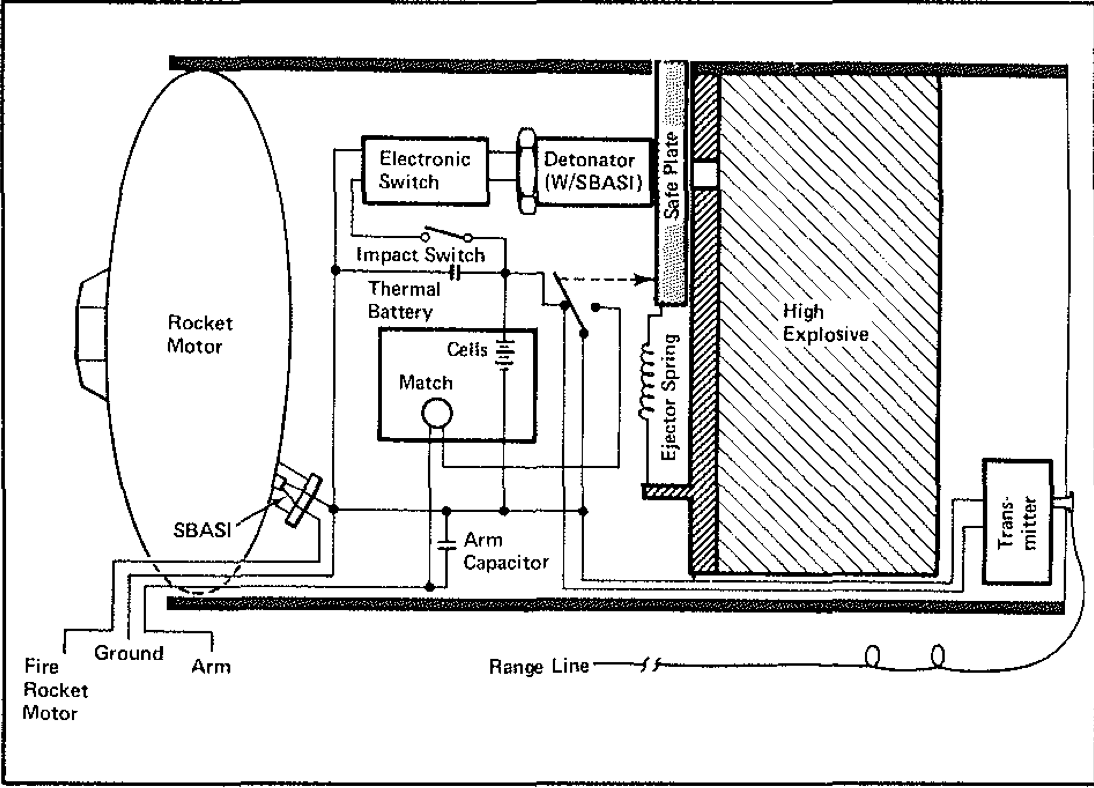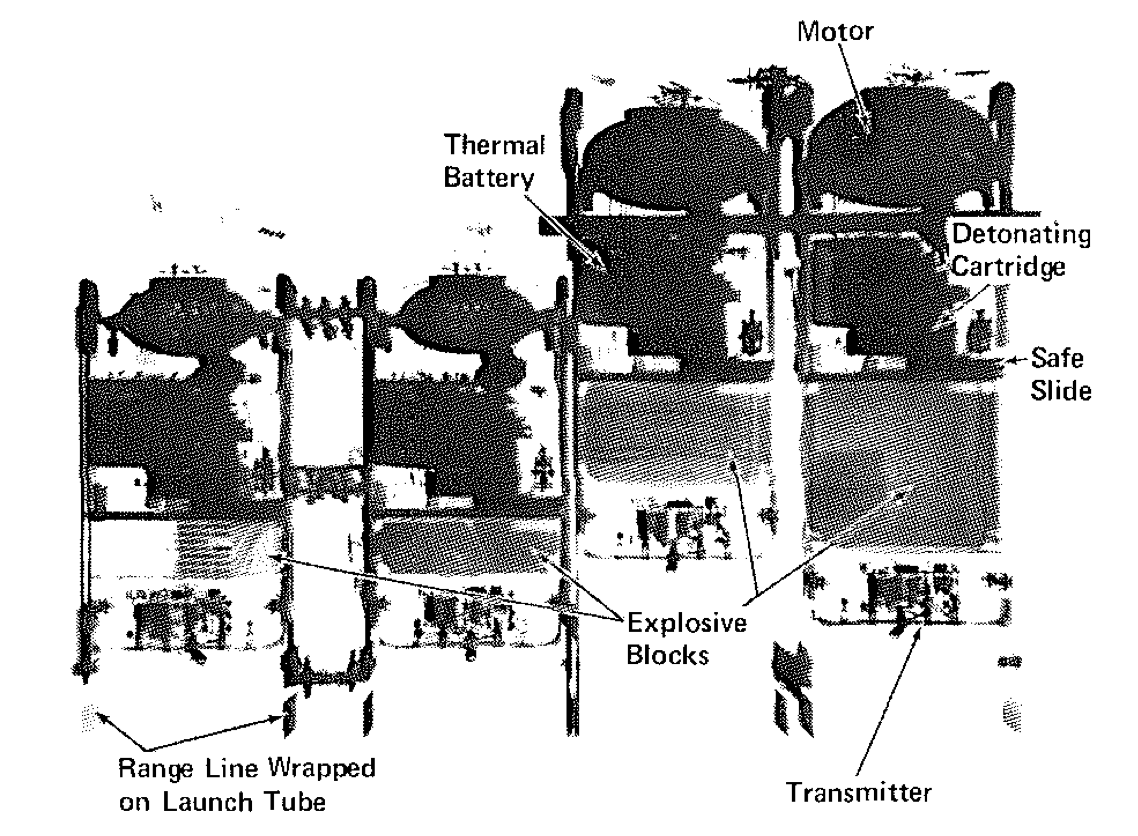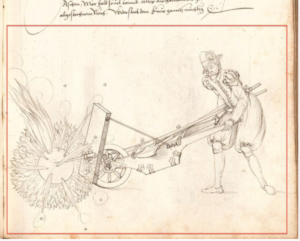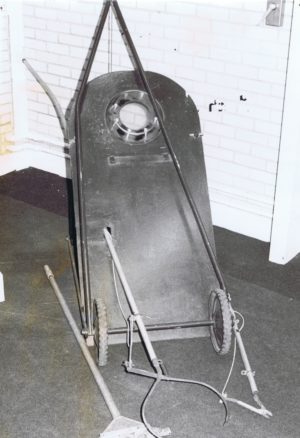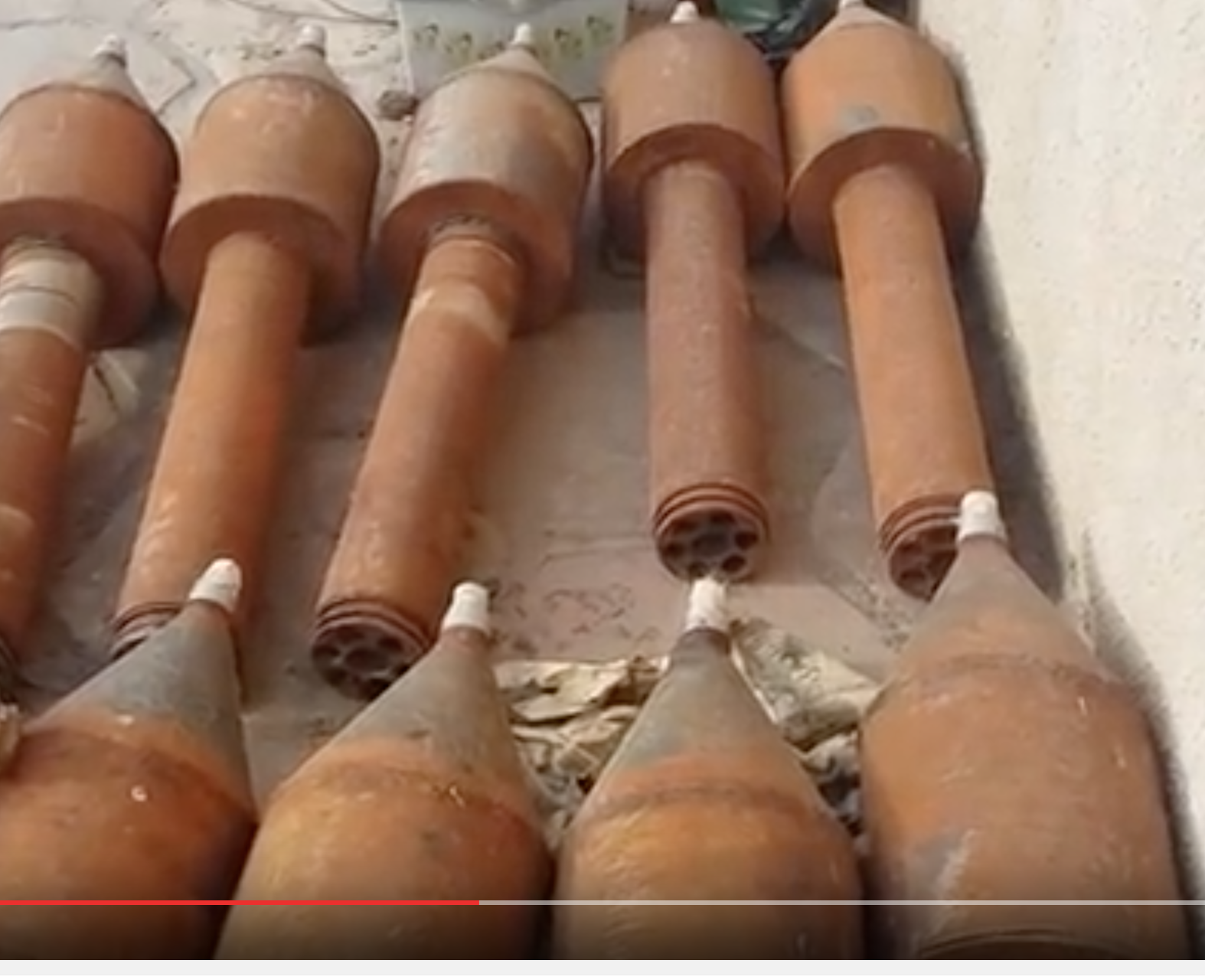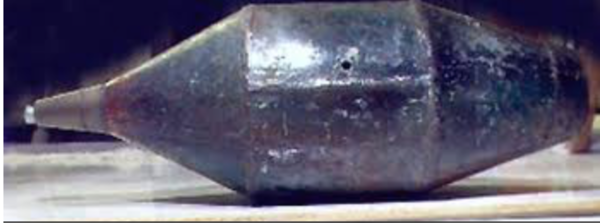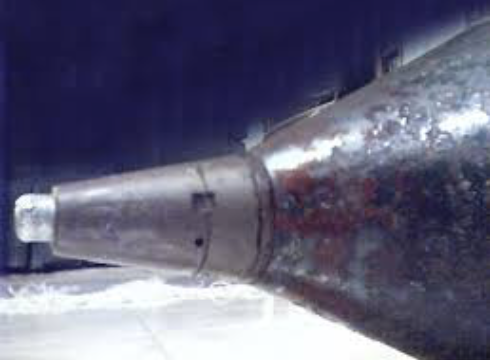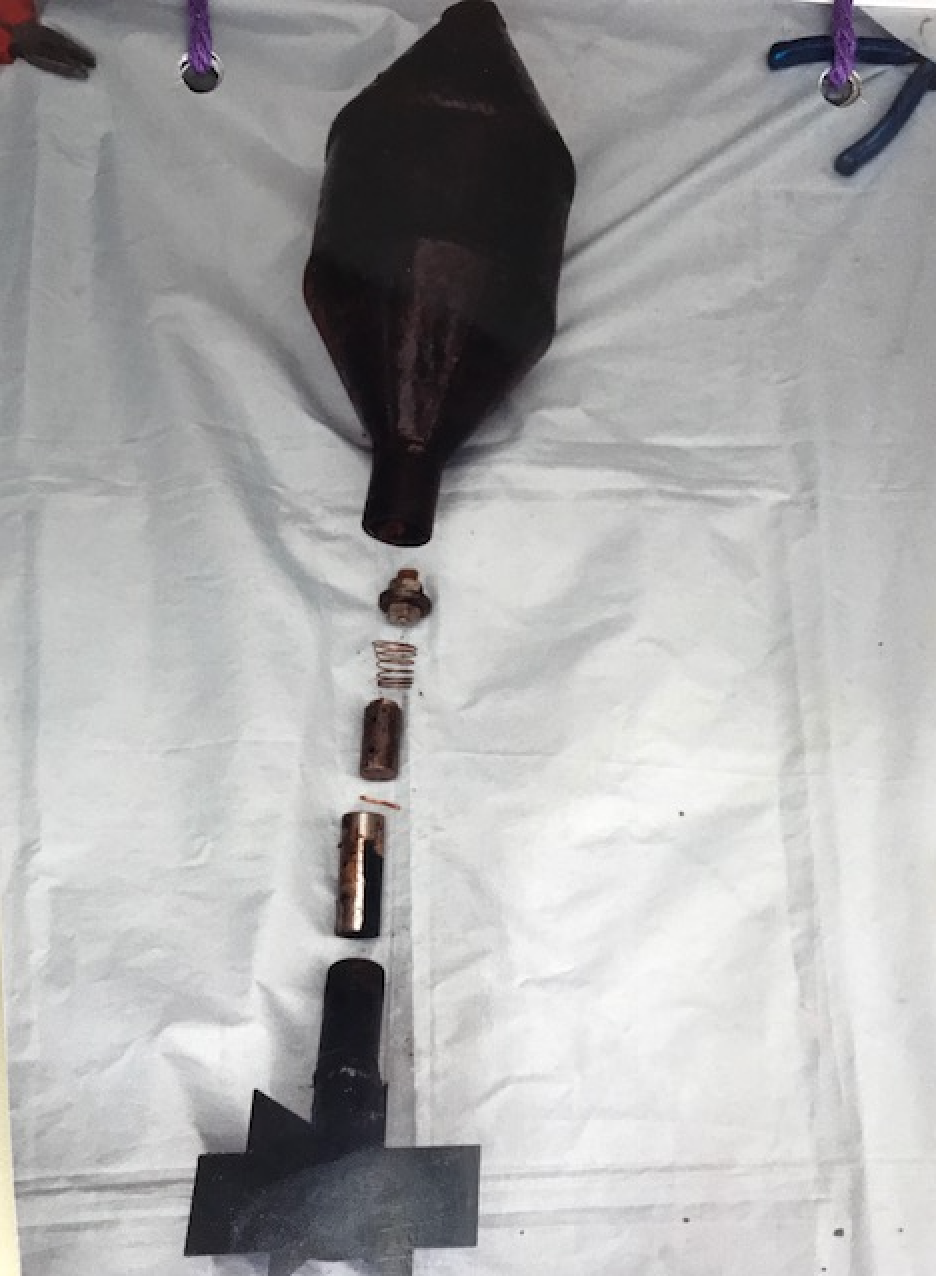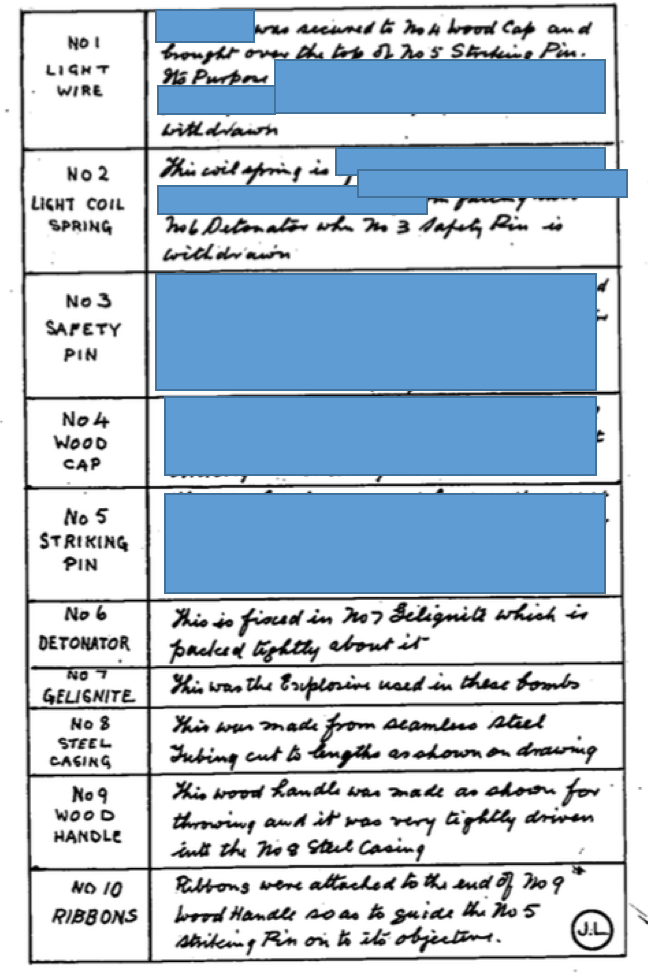An odd little historical wrinkle I have uncovered – bear with me.
The development of EOD remote control vehicles by the British Ministry of Defence in the early 1970s is the stuff of legend. Like many legends the story was probably more complicated and nuanced than many history books show. It was reported then, and to a degree now, as a piece of British ingenuity defeating dastardly terrorism. While I don’t doubt the innovative and remarkable efforts of a number of people in this process, it always struck me as a little odd that the history of the “wheelbarrow” RCVs in the early 1970s is presented as emerging solely from the imagination of a handful of key people, with no reference to the decades of RCV development that preceded the 1970s. Indeed I have written extensively earlier on this site about RCVs developed in WW1 and WW2, including quite a bit about the German demolition RCV “Goliath” used extensively in WW2 by the Wehrmacht.
Here’s a couple of my posts about early RCVs. linked:
GERMAN WW2 USE OF ROVS TO DELIVER EXPLOSIVES
HISTORICAL ROVS
And here’s a picture of the German “Goliath” of WW2. Note the “rhomboidal” track configuration.
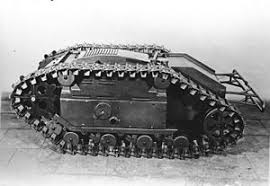
I was therefore intrigued when reading a UK MoD history of the development of “Wheelbarrow” EOD RCV to see that the Mk 4 Wheelbarrow, introduced in the first part of 1973, had a rhomboidal track configuration. I don’t think any Mk4 wheelbarrows survived, and it is a little known chassis variant – the Mk 4 and Mk5 were very similar with the Mk 5 seeing extensive use. The Mk 3 version was usually fitted to run on wheels but some were designed with tracks in a rhomboidal configuration and these developed into the Mk 4. In fact I hadn’t seen the rhomboidal track configuration on the Mk 3 or Mk 4 and had assumed it had the same configuration as the Mk 5 which had a rear track configuration that was “round” around the drive wheel. It’s important to note that these early British wheelbarrows were used to deliver explosive charges as often as they were used to deliver disabling tools.
I was therefore struck to find a press cutting from 1973, referring to a bomb disposal RCV, I believe a Mk 4 wheelbarrow, in Northern Ireland, showing the rhomboidal track configuration. Not only that, but the RCV is referred to as “Goliath”. That can’t be a coincidence. Clearly someone at least recognised the similarity of the track configuration between the wheelbarrow Mk 4 and the German WW2 RCV. How strange. Could the German Goliath similarity be more than coincidence? Could the design have incorporated aspects of the German Goliath design from 30 years earlier? It appears that the name “Goliath” was quickly taken “out of use” perhaps because it would have been seen as inappropriate in 1973 to refer to some sort of Nazi provenance for the design of this proud “British” piece of equipment.
Here’s the press clipping – note the design of the tracks and compare to the German “Goliath” above.
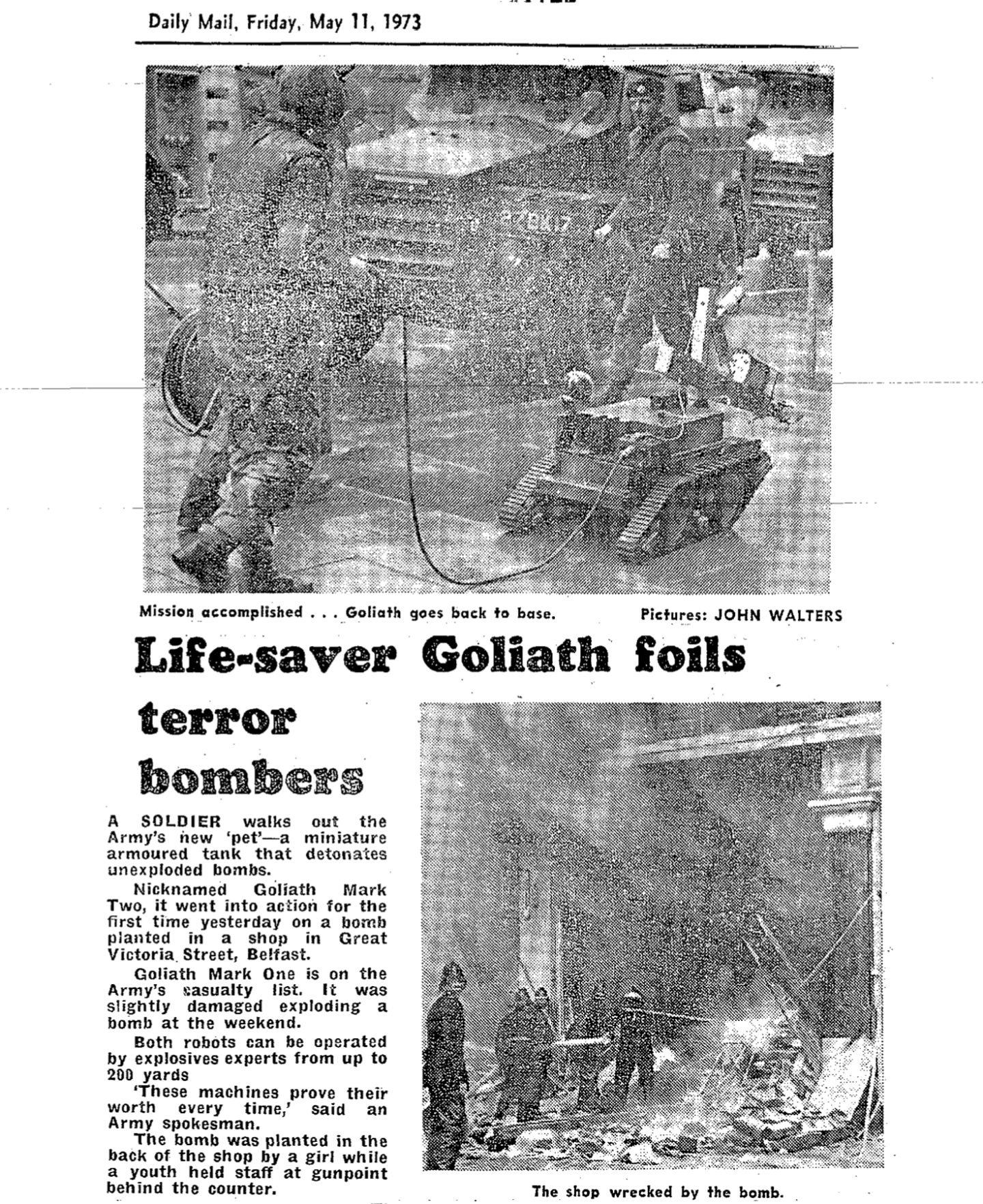
So, there are three possibilities:
- The similarity between the German Goliath -and the British Goliath (now officially a Mk 4 wheelbarrow) is entirely coincidental, despite both being designed to deliver explosive charges over difficult terrain..
- That someone noticed the coincidence, called the 1973 equipment “Goliath ” in a “tip of the hat” to the German equipment of WW2, and later that name was wiped from history, for embarrassment.
- That it was more than coincidence and the British designers examined and perhaps copied parts of the design of the German Goliath as they constructed the Mk3 and Mk 4 wheelbarrows. The name was ‘carried over” but later squashed as in 1973 it was a better story to tell of British ingenuity, rather than British reverse engineering a Nazi piece of equipment.
As a reminder, WW2 German Goliaths were battery powered like the Wheelbarrow, only later versions being converted to run a small internal combustion engine.
Tell me what you think. I mean no disrespect to those hard working engineers within the UK MOD who provided EOD teams in Northern Ireland with these remarkable tools in quite stunningly short timescales. I’m simply trying to place the RCV development of the 1970s in a broader historical context, if that’s where it fits. I can find no mention in the official history of such a link.

